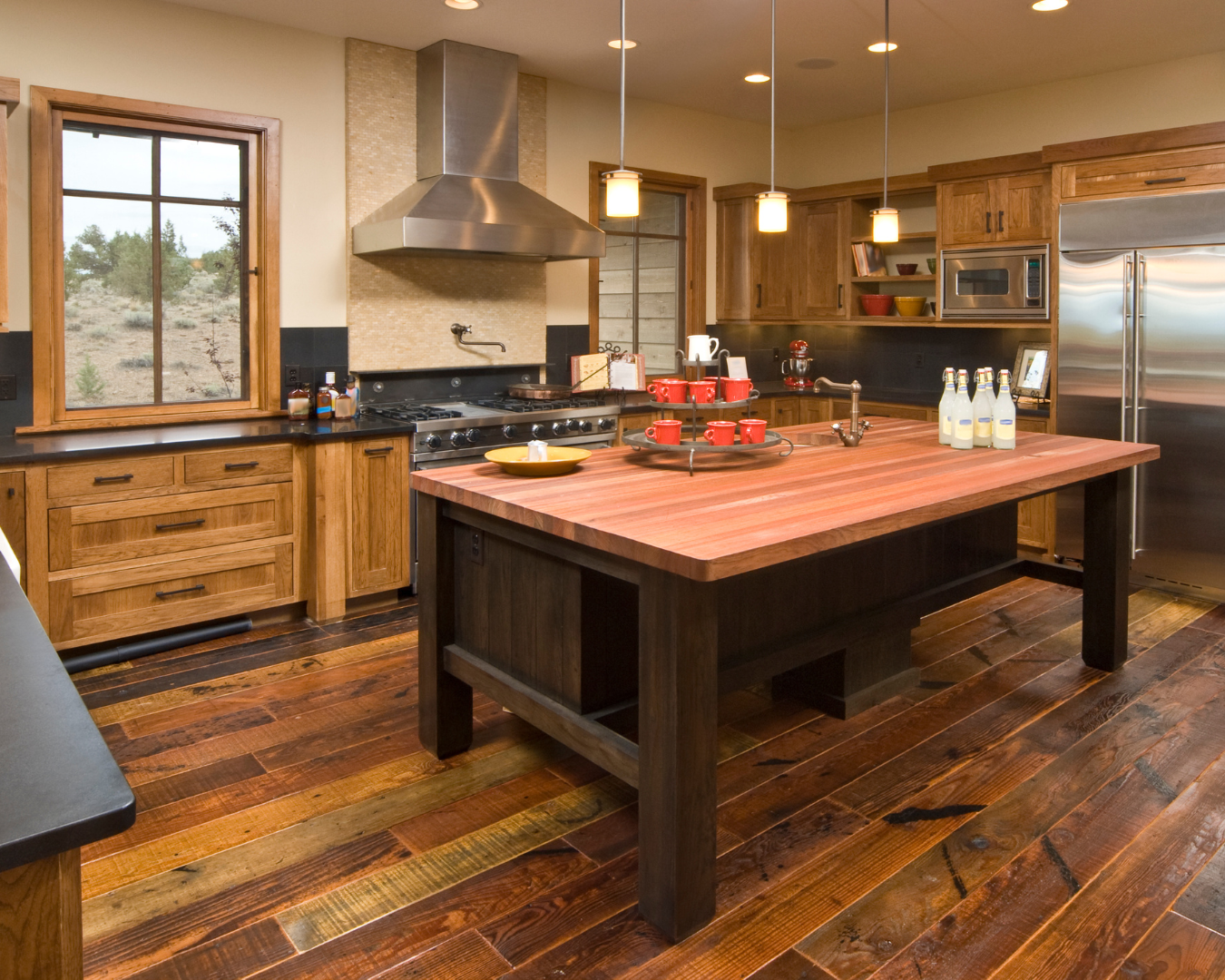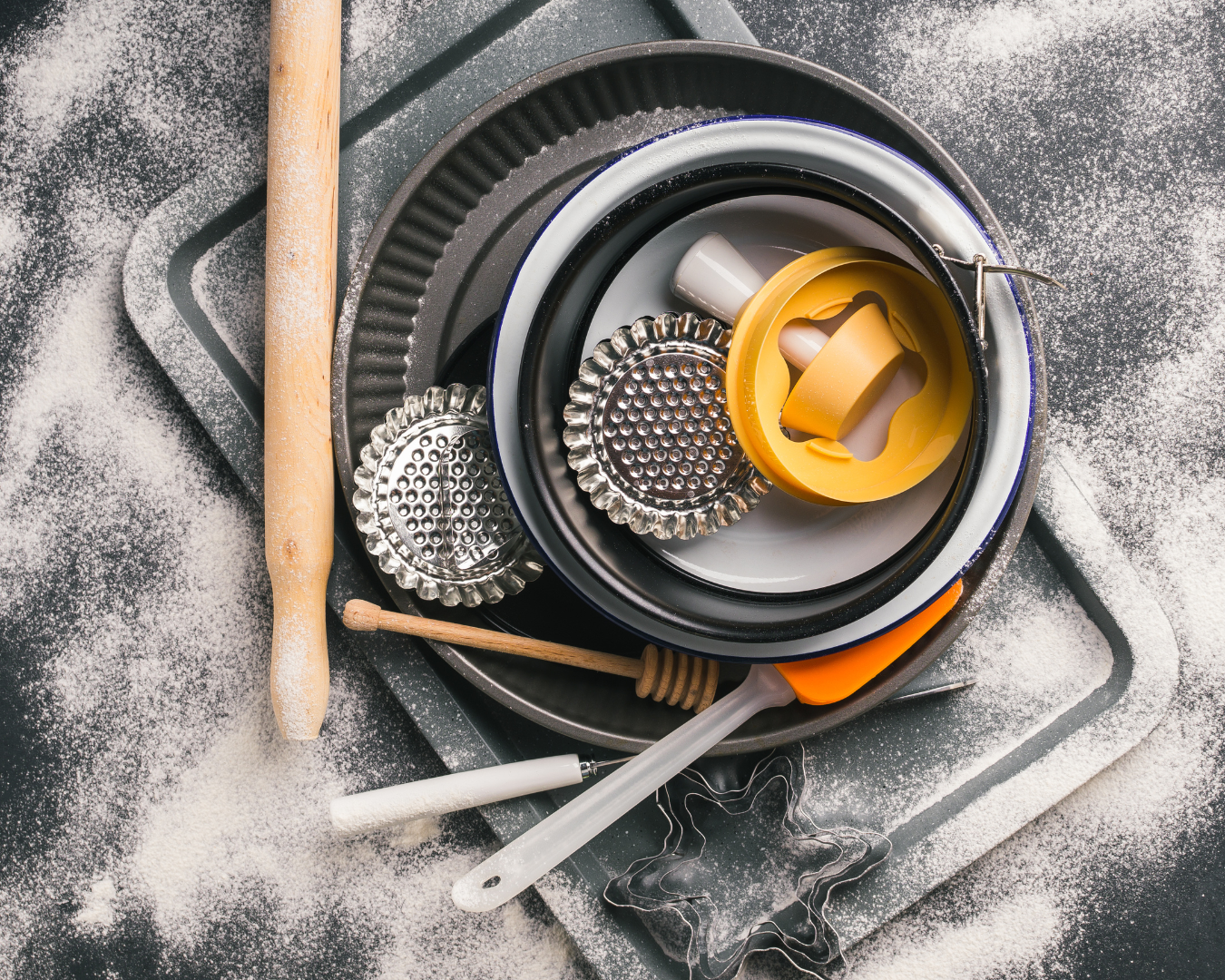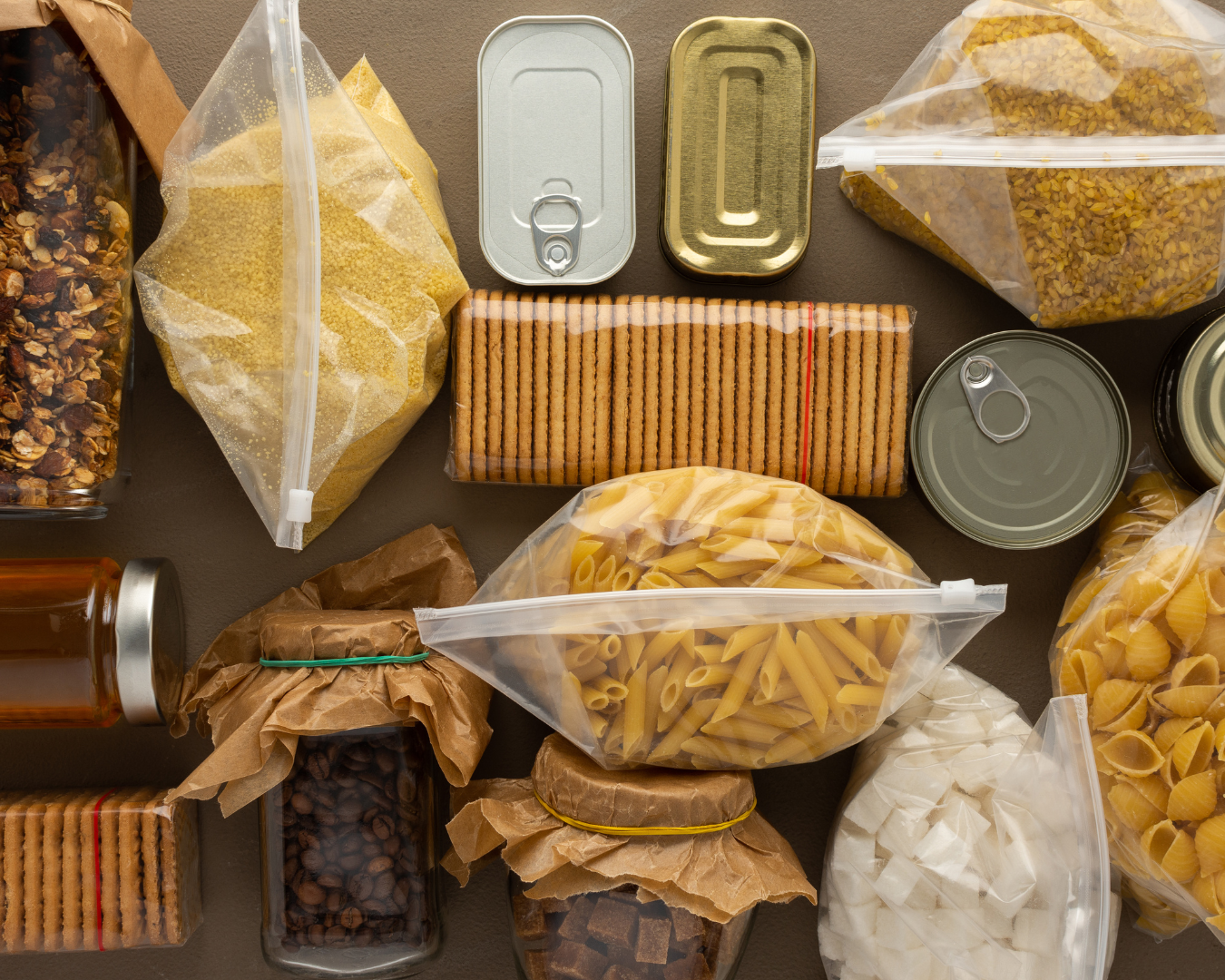Farmhouse kitchen decor is a beloved trend that combines the rustic charm of country living with the modern conveniences of today’s technology. This style is all about creating a warm, inviting, and functional space where family and friends can gather and enjoy good food and great company. Whether you’re renovating your kitchen or just looking to add a few touches of farmhouse flair, here are some key elements and tips to help you achieve that perfect balance of rustic charm and modern convenience. Key Elements of Farmhouse Kitchen Decor 1. Natural Materials: The essence of farmhouse decor lies in the use of natural materials. Think wooden beams, stone countertops, and brick walls. Reclaimed wood is a particularly popular choice, adding character and a sense of history to the space. 2. Open Shelving: Open shelving is both functional and decorative. It allows you to display your beautiful dishware, vintage finds, and everyday essentials, making them easily accessible while adding a touch of rustic charm. 3. Farmhouse Sink: A large, deep farmhouse sink is a staple in this style. Not only is it practical for washing large pots and pans, but it also adds a distinctive, rustic look to your kitchen. 4. Shaker Cabinets: Shaker-style cabinets, with their simple, clean lines and timeless design, are a perfect fit for a farmhouse kitchen. Opt for white or neutral tones to keep the space light and airy. 5. Butcher Block Countertops: Butcher block countertops add warmth and a natural element to your kitchen. They are also highly functional, providing a durable surface for food preparation. 6. Vintage Accents: Incorporate vintage or antique pieces such as an old-fashioned clock, a rustic chandelier, or a weathered wooden table. These accents add character and charm to the space. 7. Neutral Color Palette: Stick to a neutral color palette with shades of white, cream, beige, and soft grays. This creates a calm and welcoming atmosphere. You can add pops of color through accessories and decor items. 8. Mixed Metals: Use a mix of metals like brushed nickel, copper, and wrought iron for hardware, fixtures, and accessories. This adds visual interest and a touch of modernity to the rustic backdrop. Modern Conveniences in a Farmhouse Kitchen 1. High-Tech Appliances: Modern farmhouse kitchens seamlessly integrate high-tech appliances. Stainless steel refrigerators, dishwashers, and ovens offer the latest features and efficiencies while maintaining a sleek appearance that complements the rustic elements. 2. Smart Storage Solutions: Modern convenience meets rustic charm with smart storage solutions. Pull-out pantry shelves, built-in spice racks, and under-cabinet drawers keep your kitchen organized and clutter-free. 3. Energy-Efficient Lighting: Combine the charm of vintage-style fixtures with energy-efficient LED lighting. Pendant lights over the island, under-cabinet lighting, and a statement chandelier can all enhance the ambiance while being eco-friendly. 4. Advanced Faucets: Touchless or pull-down faucets in a brushed nickel or oil-rubbed bronze finish blend seamlessly with farmhouse decor while offering the convenience of modern technology. 5. Induction Cooktops: An induction cooktop provides precise and efficient cooking, a perfect modern addition to a farmhouse kitchen. Its sleek design also maintains the clean, uncluttered look typical of farmhouse style. 6. Smart Home Integration: Incorporate smart home technology with features like voice-activated controls, smart ovens, and Wi-Fi-enabled refrigerators. These modern touches add convenience and elevate your kitchen’s functionality. Decorating Tips for a Farmhouse Kitchen 1. Add Greenery: Fresh herbs, potted plants, or a small indoor garden add life and a touch of nature to your farmhouse kitchen. They also provide fresh ingredients right at your fingertips. 2. Use Textiles: Soft textiles like linen or cotton curtains, tablecloths, and dish towels add warmth and coziness to the space. Choose patterns like checks, stripes, or florals for a classic farmhouse look. 3. Display Cookware: Hang copper pots, cast iron skillets, and wooden utensils on hooks or pot racks. This not only keeps them handy but also adds to the rustic decor. 4. Personalize with Art: Decorate your walls with farmhouse-inspired art, such as vintage signs, botanical prints, or family photos in rustic frames. This adds personality and makes the space uniquely yours. 5. Layer Rugs: Layering rugs, especially those made from natural fibers like jute or sisal, adds texture and warmth underfoot. Consider placing a colorful, patterned rug over a larger neutral one for a cozy look. Farmhouse kitchen decor beautifully marries the rustic charm of countryside living with the conveniences of modern technology. By incorporating natural materials, vintage accents, and modern appliances, you can create a kitchen that is both functional and inviting. Whether you’re cooking a family meal or hosting friends, a farmhouse kitchen is the perfect backdrop for making lasting memories. Embrace the timeless appeal of farmhouse style and enjoy a space that feels like home.










